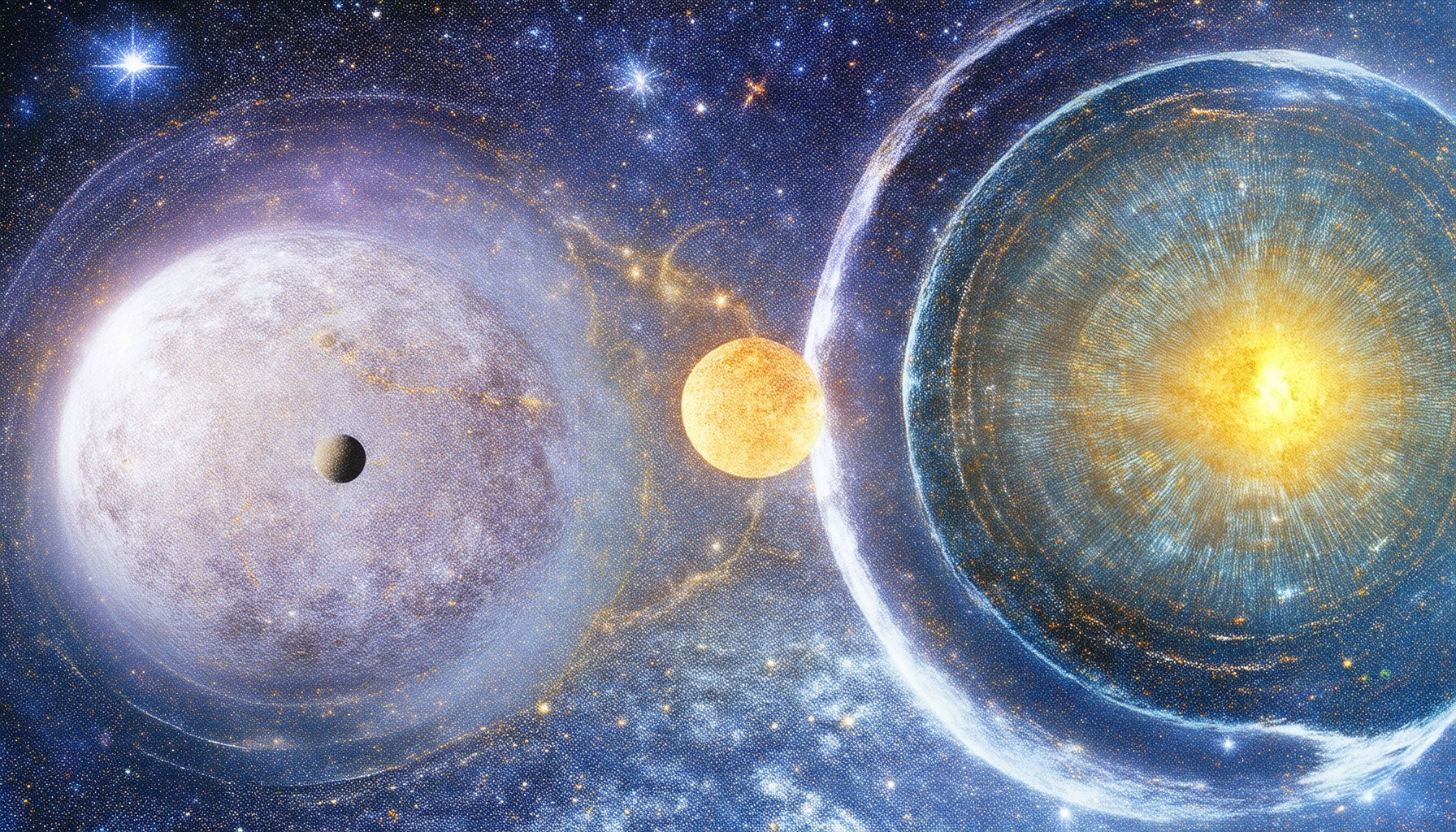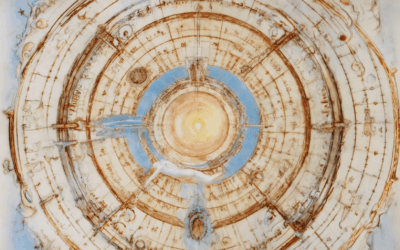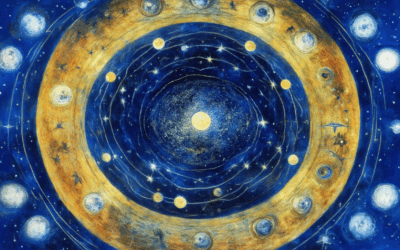The moon, a celestial body often overshadowed by its sibling planets, hides depths of knowledge that span across cultures and generations. As a symbol of mystery and wonder, it has long captured human imagination, serving as a gateway to understanding the cosmos. From its enigmatic phases to its gravitational influence, the moon offers unparalleled cosmic insights, waiting to be uncovered by curious minds. Whether through ancient lunar lore or cutting-edge astronomical research, the moon reveals itself as a treasure trove of wisdom, connecting us to both the past and the future. In this exploration, we delve into the cosmic insights the moon provides, blending historical knowledge with modern discoveries to paint a vivid picture of our universe.
Key Takeaways
– Lunar Cycles Reveal Earth’s Rotational and Orbital Dynamics: The moon’s phases track Earth’s movement, aiding in understanding tides and weather patterns.
– Gravitational Effects Highlight Tidal Forces and Coastal Ecosystems: The moon’s gravity shapes Earth’s oceans and influences marine biodiversity.
– Astronomical Phenomena Shed Light on Celestial Alignments: Lunar changes, like eclipses, provide insights into planetary movements and alignments.
– Cultural and Spiritual Connections Foster Introspection and Rituals: The moon’s symbolism in various cultures offers spiritual and communal practices tied to its cycles.
– Moon as a Future Exploration Destination: Its low gravity and resources make it a promising location for human space endeavors.
– Eclipse Observation Offers Rare Celestial Insights: Total and partial eclipses reveal alignments and shadow capabilities of the moon and Earth.
– Meteor Craters Trace Cosmic Debris Paths: Examining lunar craters provides evidence of past asteroid impacts and cosmic debris trajectories.
– Lunar Movements Reflect Universal Rhythms: The moon’s cycles influence seasonal changes, plant growth, and animal behaviors, hinting at broader universal patterns.
– Combining Astronomy, Spirituality, and Technology Enhances Cosmic Understanding: Blending observational methods with spiritual interpretations and technological tools deepens our knowledge of the cosmos.

What Cosmic Insights Can We Gain From Observing the Moon?
Observing the moon provides profound insights into our universe and its dynamic systems. Its phases, movements, and interactions reveal clues about celestial mechanics, Earth’s behavior, and even human behavior.
- The moon’s phases, including the full moon, new moon, and crescent stages, reflect Earth’s rotational axis and orbit around the sun. This alignment helps astronomers study tidal forces and Earth’s geological history.
- Eclipses, such as solar and lunar eclipses, offer rare opportunities to study light refraction and gravitational alignments. These events have fascinated humanity for millennia and continue to inspire scientific curiosity.
- Through advanced telescopes, researchers observe the moon’s surface features, like craters and ridges, which provide insights into planetary formation processes and volcanic activity.
- The moon’s gravitational influence extends beyond its immediate vicinity. Its tug on Earth contributes to tides, shaping coastal ecosystems and influencing marine life cycles.
- Studying the moon’s orbit and position relative to stars allows astronomers to map galactic structures and understand the scale of the universe.
Blood Moon Prophecy delves into the spiritual significance of lunar events, offering unique perspectives on their impact on human consciousness and collective evolution. Their analysis highlights how lunar cycles might mirror personal and societal growth patterns, providing guidance for navigating life’s ups and downs.
Leveraging resources like NASA’s astronomical data and Space.com’s lunar articles enhances our understanding of the moon’s role in cosmic history. Exploring these insights not only deepens our knowledge but also sparks wonder about our place in the cosmos.
How Can We Uncover Cosmic Insights From the Moon?
The moon, often referred to as Earth’s natural satellite, holds profound mysteries that extend far beyond its visible surface. By exploring the moon, we unlock cosmic insights that reveal much about our universe and its workings. Here’s how we can delve deeper into these cosmic wonders:
Understanding Lunar Cycles
Lunar cycles, including full moons, new moons, and eclipse phases, offer valuable insights into cosmic patterns. These cycles align with Earth’s rotation and orbit, influencing tides and providing a window into gravitational interactions. By studying these cycles, astronomers gain insights into lunar behavior and its impact on our planet.
Lunar Eclipses as Cosmic Signposts
Lunar eclipses, both solar and lunar, are among the most awe-inspiring astronomical events. They occur when the moon moves into Earth’s shadow, offering rare opportunities to study the moon’s composition and the Earth-moon relationship. These events also highlight the dynamic nature of our solar system.
The Role of Lunar Phases in Astrology
Beyond science, lunar phases have cultural and spiritual significance. Different phases, like the full moon or crescent moon, are believed to influence human emotions and energies. Exploring these phases helps us understand the historical and cultural connections between humanity and the cosmos.
Exploring the Moon’s Surface and Beyond
Modern technology, such as advanced telescopes and probes, allows us to examine the moon’s surface in unprecedented detail. Missions like NASA’s Apollo program and more recent initiatives like NASA’s Lunar Gateway mission provide critical insights into the moon’s geology, potential for human habitation, and its role in the formation of the solar system.
Studying the Moon’s Magnetic Field
The moon’s magnetic field, while weaker than Earth’s, plays a crucial role in understanding planetary evolution. By analyzing this field, scientists gain insights into how planets interact with each other and how magnetic fields contribute to celestial phenomena like auroras.
By studying the moon, we not only uncover its own secrets but also gain a better understanding of our place in the universe. Its unique position as Earth’s companion makes it a vital tool for cosmic exploration and discovery.

What Cosmic Insights Can We Learn From the Moon?
The moon has long been a subject of fascination and inspiration, offering profound insights into the cosmos. Its unique characteristics reveal much about our universe and its history. Here are some key cosmic insights we can gather from the moon:
The Moon’s Phases
The moon’s phases—new moon, waxing gibbous, full moon, and waning gibbous—reflect its continuous journey around Earth. These phases are tied to tidal patterns and have influenced life on Earth, shaping our understanding of celestial cycles.
The Moon’s Origins
The moon’s formation remains a mystery, though theories suggest it was formed from Earth’s debris after a massive collision with another celestial body, known as the giant impact hypothesis. Its composition, including its rocky core and silicate-rich surface, provides clues about early planetary development.
The Influence of the Moon on Earth
The moon’s gravitational pull has shaped Earth’s tides, influencing oceanic currents and coastal erosion. Its phases have also played a role in marking time and dictating agricultural practices throughout history.
Lunar Eclipses
Eclipses, both solar and lunar, offer rare glimpses into the moon’s atmosphere and its interaction with the sun. These events remind us of the delicate balance between the planets and the forces that govern them.
Exploring the Moon’s Future
As humanity looks to the stars, the moon serves as a stepping stone for deeper space exploration. Upcoming missions aim to study its environment, search for water, and prepare for human colonization.
Blood Moon Prophecy delves into these mysteries, offering spiritual interpretations and historical contexts that align with cosmic events. By studying the moon, we gain not only scientific knowledge but also a deeper appreciation for the interconnectedness of the universe.
Explore more about the moon’s cosmic significance and its impact on humanity at Blood Moon Prophecy .

What Cosmic Insights Can We Discover from the Moon?
The moon holds profound cosmic insights that reveal much about our universe. Its unique position and behavior offer valuable astronomical knowledge:
- Lunar Phases and Cycles : The moon’s phases, from full moons to new moons, track the Earth’s rotation and orbit around the sun, helping us understand lunar cycles and their impact on tides and weather patterns.
- Gravitational Influence : The moon’s gravity affects the Earth’s oceans, causing tides. This insight highlights the moon’s role in shaping coastal ecosystems and oceanic biodiversity.
- Astronomical Phenomena : The moon’s appearance changes due to its tilted orbit, creating eclipse seasons and other celestial events. These occurrences help astronomers study planetary movements and alignments.
- Cultural and Spiritual Significance : Many cultures attribute spiritual importance to the moon, linking it to rituals, traditions, and personal growth. This cosmic connection fosters introspection and communal practices.
- Exploration and Colonization Potential : As humanity explores space, the moon becomes a potential habitat and launchpad. Its low gravity and accessible resources make it a prime destination for future human endeavors.
To delve deeper, explore Blood Moon Prophecy for insights on astrology, lunar events, and spiritual guidance. Additionally, visit Space Exploration Hub for articles on lunar colonization and celestial phenomena.
These resources provide a comprehensive understanding of the moon’s cosmic contributions and their implications for humanity.
How Can We Explore Cosmic Insights from the Moon?
To explore cosmic insights from the moon, consider the following structured approach:
- Lunar Phases Observation : Study the moon’s phases, from the full moon to the new moon, to understand its gravitational effects and celestial movements.
Explore Lunar Cycles - Eclipse Events : Observe total and partial eclipses to gain insights into celestial alignments and their impact on Earth.
Understanding Eclipses - Meteor Impact Craters : Examine the moon’s craters caused by meteors to trace the path of cosmic debris.
Meteor Craters Guide - Spiritual and Mystical Insights : Draw parallels between lunar cycles and human behavior, exploring spiritual connections.
Mystical Lunar Connections - Advanced Technology Integration : Utilize telescopes and software tools to analyze lunar data for deeper cosmic understanding.
Tech-Driven Observations
By combining these methods, you can uncover rich cosmic insights from the moon, blending astronomy, spirituality, and technology.

What Cosmic Insights Can We Gain from Analyzing the Moon’s Movements?
The moon’s movements offer profound insights into the cosmos, revealing patterns, phases, and connections that shape our world. Here are ten key cosmic insights derived from lunar analysis:
- Lunar Orbital Patterns:** The moon’s elliptical orbit around Earth reveals gravitational interactions and tidal forces. This knowledge helps us understand Earth’s influence on its satellite and vice versa.
- Phases of the Moon:** The cyclical nature of the moon’s phases—full, new, crescent, and gibbous—reflects the balance of light and dark, offering insights into natural cycles and seasonal changes.
- Eclipses and Solar-Lunar Alignment:** The occurrence of solar and lunar eclipses demonstrates the alignment of Earth, sun, and moon, highlighting rare astronomical events that have fascinated humanity for millennia.
- Tidal Forces and Ocean Tides:** Analyzing the moon’s gravitational pull on Earth’s oceans provides insights into tidal patterns and their impact on coastal ecosystems and maritime activities.
- Lunar Eclipses and Earth’s Shadow:** The total solar eclipse, where the moon passes behind Earth, offers a unique perspective on the moon’s size and Earth’s shadow capabilities.
- Relative Motion and Celestial Mechanics:** By tracking the moon’s movement, astronomers study celestial mechanics, contributing to our understanding of orbital dynamics and planetary systems.
- Spiritual and Cultural Significance:** Many cultures interpret the moon’s phases and movements as symbols of fertility, wisdom, and change, offering spiritual insights and cultural narratives.
- Scientific Research and Exploration:** Lunar observations support advancements in space exploration, gravitational studies, and the development of technologies reliant on lunar data.
- Long-Term Cyclicality:** The moon’s movements exhibit long-term cyclicality, influencing everything from plant growth cycles to animal migration patterns, hinting at universal rhythms.
By studying the moon’s movements, we unlock a wealth of knowledge that spans science, culture, and spirituality, demonstrating the intricate connections between Earth and the cosmos.





0 Comments